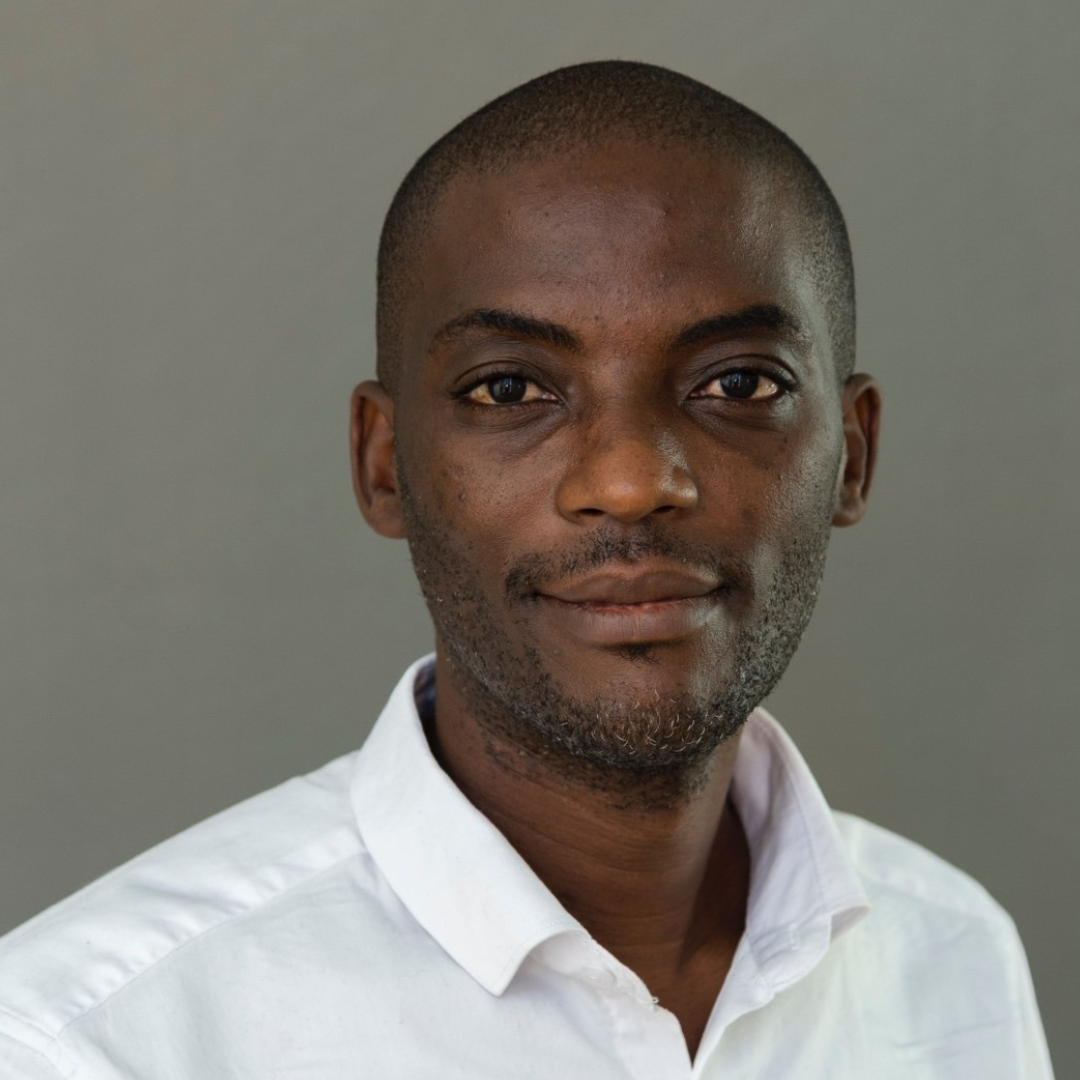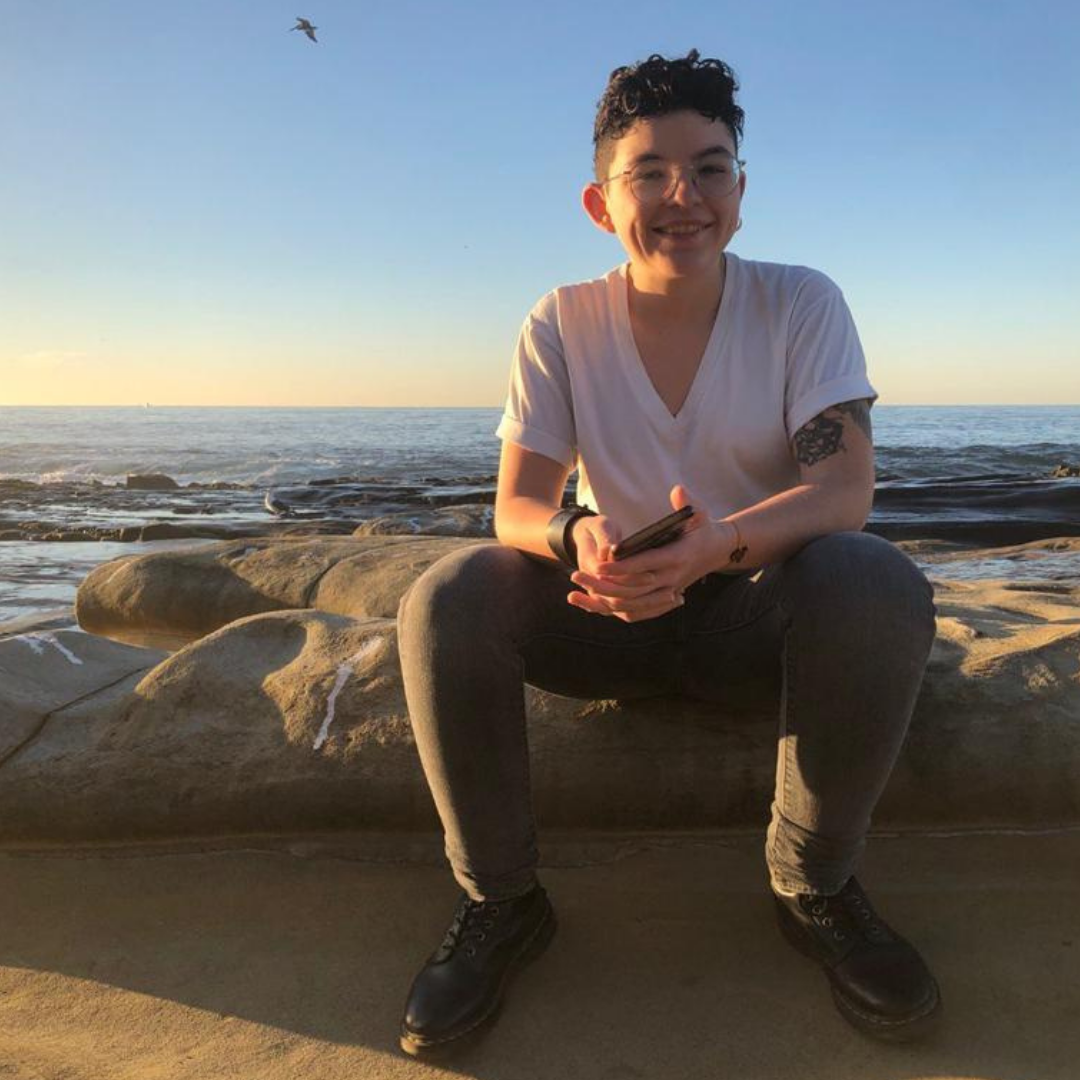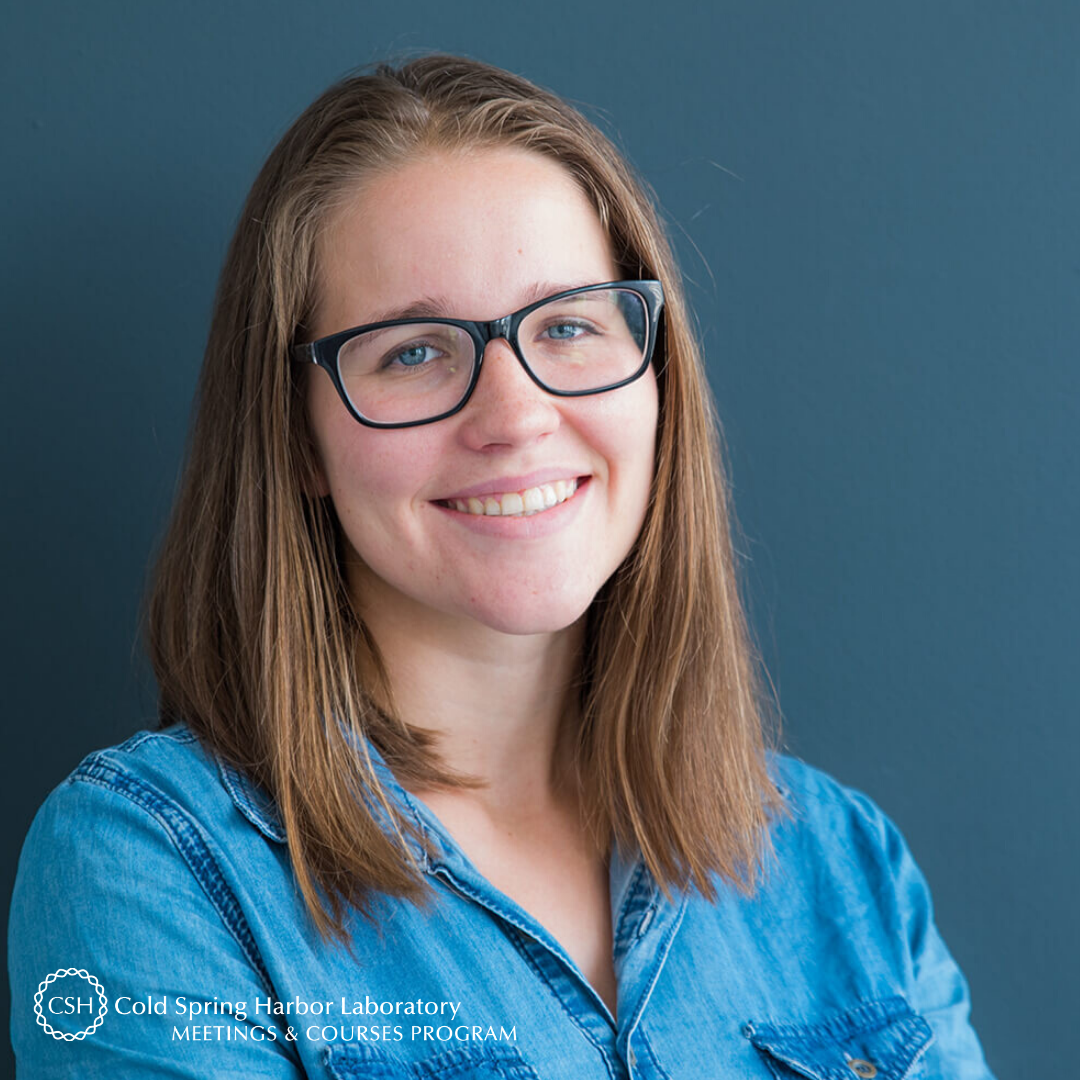Meet Spyridon “Spiros” Chavlis of the Foundation for Research and Technology-Hellas (Greece). The postdoc is a member of Dr. Panayiota Poirazi’s lab within the Institute of Molecular Biology and Biotechnology. He is with us this week at the second iteration of the From Neuroscience to Artificially Intelligent Systems meeting, where he presented a poster entitled “Empowering artificial neural networks by adding biological dendrites.” This was the first time Spiros presented this specific project and he “received very constructive feedback, and [NAISys being] a focused conference allowed for discussions on [his] project with people [who share] the same scientific interests.”
Tell us about your research.
My research focuses on how neuronal dendrites affect the formation, storage, and retrieval of memories. To do so, I am using biophysical computational neuronal models, and I am also developing bio-inspired deep learning architectures.
How did you decide to focus on this area/project?
During the last few years, I developed neuronal models and networks of neurons in all levels of abstraction. However, deep learning was always fascinating to me, and thus I decided to follow this direction. I genuinely believe that neuroscience can help us understand and improve AI systems.
What and/or who is the inspiration behind your scientific journey?
Personally, I enjoy following challenging avenues and discovering new areas of interest. My supervisor Dr. Panayiota Poirazi inspired me to pursue a career in academia by sharing her passion for studying the brain and also allowing me to pursue my own research. In addition, the students I supervised throughout the years have encouraged me to continue what I do: try to unravel the mysteries of the brain.
What impact do you hope to make through your work?
I hope to help the field of AI to move forward and be accessible to everyone by reducing the high demand for computational power. Also, I would like my computational models to help us guide more targeted experiments and, in turn, help people with neurological diseases.
Where do you see yourself in five years?
I cannot predict the future, and neither can my algorithms! But, I cannot imagine myself without doing research and teaching/supervising/mentoring young students as a volunteer lecturer at a local university in Heraklion, Crete .
What do you love most about being a researcher?
I always enjoyed learning new things and pushing myself. Being a researcher gives me the necessary space to be creative and pursue whatever idea I have. In addition, supervising young people in the lab is truly inspiring as I like seeing students develop critical thinking and pursuing their own research.
What drew you to attend this meeting?
The title of this meeting, From Neuroscience to Artificially Intelligent Systems (NAISys), is the main focus of my work--improving AI through neuroscience--so it was the best opportunity to learn about the current advances in the field from people who have inspired me through their scientific works, and receive feedback on my current project. In addition, visiting CSHL was always a dream of mine that happened thanks to financial support from CSHL Meetings & Courses.
What is your key takeaway from the Meeting; and how do you plan to apply it to your work?
The key takeaway are the feedback I received about my research and the new advances in the field. I have participated in many conferences; however, this was one of the most targeted meetings I have ever attended. I collected several useful insights to improve my model, and I cannot wait to start incorporating them.
What feedback or advice would you share with someone considering to participate in this meeting?
I would tell them to apply and submit an abstract. It was a fantastic experience, a very well-organized meeting, and an excellent opportunity to meet scientists with whom you share the same interests.
What’s the most memorable thing that happened during the Meeting?
The most memorable moment was when I saw Prof. Andrew Barto give his talk. Meeting in-person one of my true inspirational researchers and learn so many new things from him has been a dream come true for me.
Is this your first in-person meeting since the pandemic?
NAISys was my first in-person meeting since the Covid-19 outbreak, and it solidified the importance of in-person meetings. Although the scientific community tried to fill the gap with virtual meetings that kept us in touch, in my opinion, the networking and non-science-related discussions during an in-person meeting are invaluable.
What do you like most about your time at CSHL?
I enjoyed the time spent at the campus during the breaks. I was able to walk around and take in fresh air, always having a fantastic view of the harbor.
Thank you to Spiros for being this week's featured visitor. To meet other featured researchers - and discover the wide range of science that takes part in a CSHL meeting or course - go here.
Image provided by Spyridon Chavlis

















